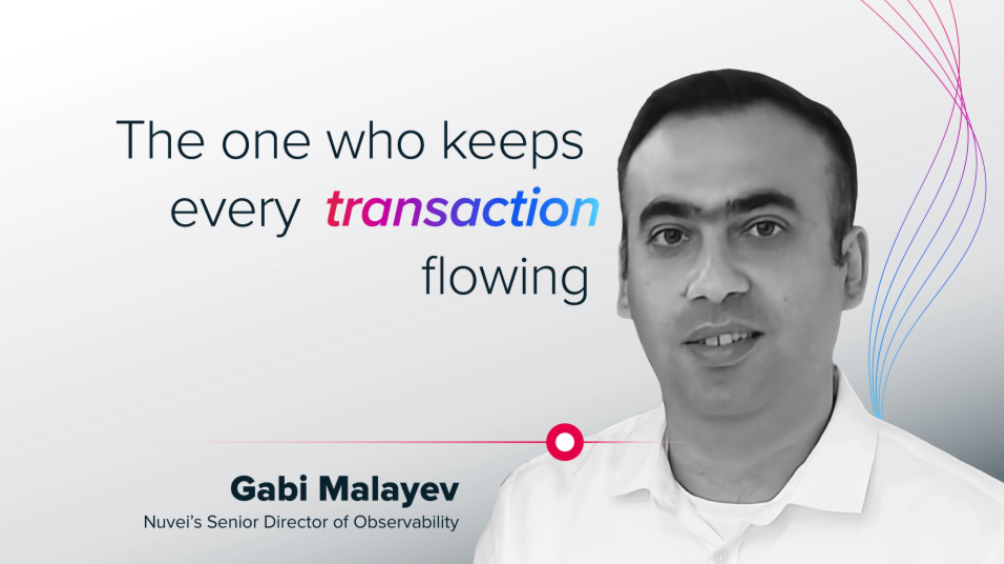For years, mobile developers building for iOS have followed a clear but narrow path when it came to payments: Apple’s in-app purchase system was the standard, and platform fees were an accepted part of doing business. That structure has evolved.
Following a legal ruling in the U.S., developers now have more freedom to direct users to external payment pages from within their apps—without friction or additional platform charges. This unlocks new possibilities for businesses that want to better tailor how they monetize their apps and interact with their users.
On the surface, the story is about revenue: developers can now retain up to 30% more of each transaction. But the real shift is in flexibility. With more control over payment infrastructure, developers can now shape the end-to-end monetization experience in a way that reflects their business, their audience, and their goals.
This shift opens up space for innovation and introduces new responsibility. And how developers respond now will define their growth trajectory in the months ahead.
Creating a seamless redirect experience
Redirecting users to pay externally is now permitted, but that alone isn’t enough. The real challenge is creating an experience that feels integrated, trustworthy, and frictionless—especially for users accustomed to native, single-tap payments.
A successful redirect flow needs to be fast, mobile-optimized, and regionally relevant. This isn’t just a design consideration—it’s a conversion driver. Even a one- or two-second delay, or an unfamiliar payment interface, can cause drop-off. And now that developers retain the full value of each payment, every lost transaction is more noticeable.
At Nuvei, we’ve supported mobile-first businesses in designing and optimizing external flows that don’t just meet technical requirements, but actually perform in the real world. The focus is on continuity—extending the game or app experience through checkout, rather than interrupting it.
Taking ownership of infrastructure and compliance
More control over payments means more accountability for everything that happens behind the scenes. That includes securing transactions, complying with regional regulations, and managing risk—functions that previously sat with the platform.
This can be a complex shift, especially for teams that haven’t had to think deeply about payment architecture before. From PCI scope and fraud protection to authentication, tax, and reporting requirements, developers must now take a more active role in ensuring payments are both compliant and resilient.
This is exactly where a partner like Nuvei becomes valuable. We help developers manage those operational layers—offering tools like tokenization, real-time fraud detection, and smart routing, alongside Merchant of Record support to help with regional compliance and tax considerations. It’s a way to simplify what’s necessary, so the team can stay focused on product and growth.
Localized payment methods now matter more than ever
With the ability to build and own payment flows, developers can finally tailor the experience to how users actually prefer to pay.
In markets like Brazil, India, and Southeast Asia, local payment preferences are deeply ingrained. Pix, UPI, and a range of e-wallets dominate consumer behavior. Including these methods is a proven way to drive higher conversion and satisfaction.
Our experience shows that simply adding regionally relevant methods to a payment flow can increase payment success rates significantly and drive up to 20% more revenue, depending on market conditions and audience.
Nuvei supports over 720 local and alternative payment methods globally, with direct acquiring capabilities in more than 50 markets. This kind of local depth and expertise allows developers to meet users where they are, without forcing a one-size-fits-all approach.
Moving from payment dependency to payment strategy
The new ruling brings in the need for developers to expand their payment toolkit to take full advantage of the strategic freedom they now have. Apple Pay will remain a valuable option for many users, especially in North America and Europe. But developers now have the flexibility to add an additional layer to their strategy, one that they fully control.
For mobile game publishers and app developers, this shift allows for more experimentation, smarter segmentation, and greater autonomy. Offers can be personalized. Loyalty mechanics can be integrated. Payment experiences can evolve based on real-time payment data, rather than ecosystem limitations.
How Nuvei supports this evolution
At Nuvei, we’ve worked with gaming and high-growth app companies to build monetization infrastructure that supports scale, security, and regional nuance.
We offer:
- Fully branded, seamless external payment flows designed to convert
- Local payment coverage tailored to key growth markets, supporting virtually every payment method, everywhere
- Risk and compliance tools, including fraud prevention, PCI descoping, and Merchant of Record (MoR) solutions
- Strategic collaboration to test, adapt, and continuously improve monetization performance
Let’s talk about what your monetization strategy can look like without the platform tax.
Ready to learn more? Book a call with a payments expert.
.svg)
Payments designed to accelerate your business
Choose Nuvei for payments that work harder to convert sales and boost your bottom line.





